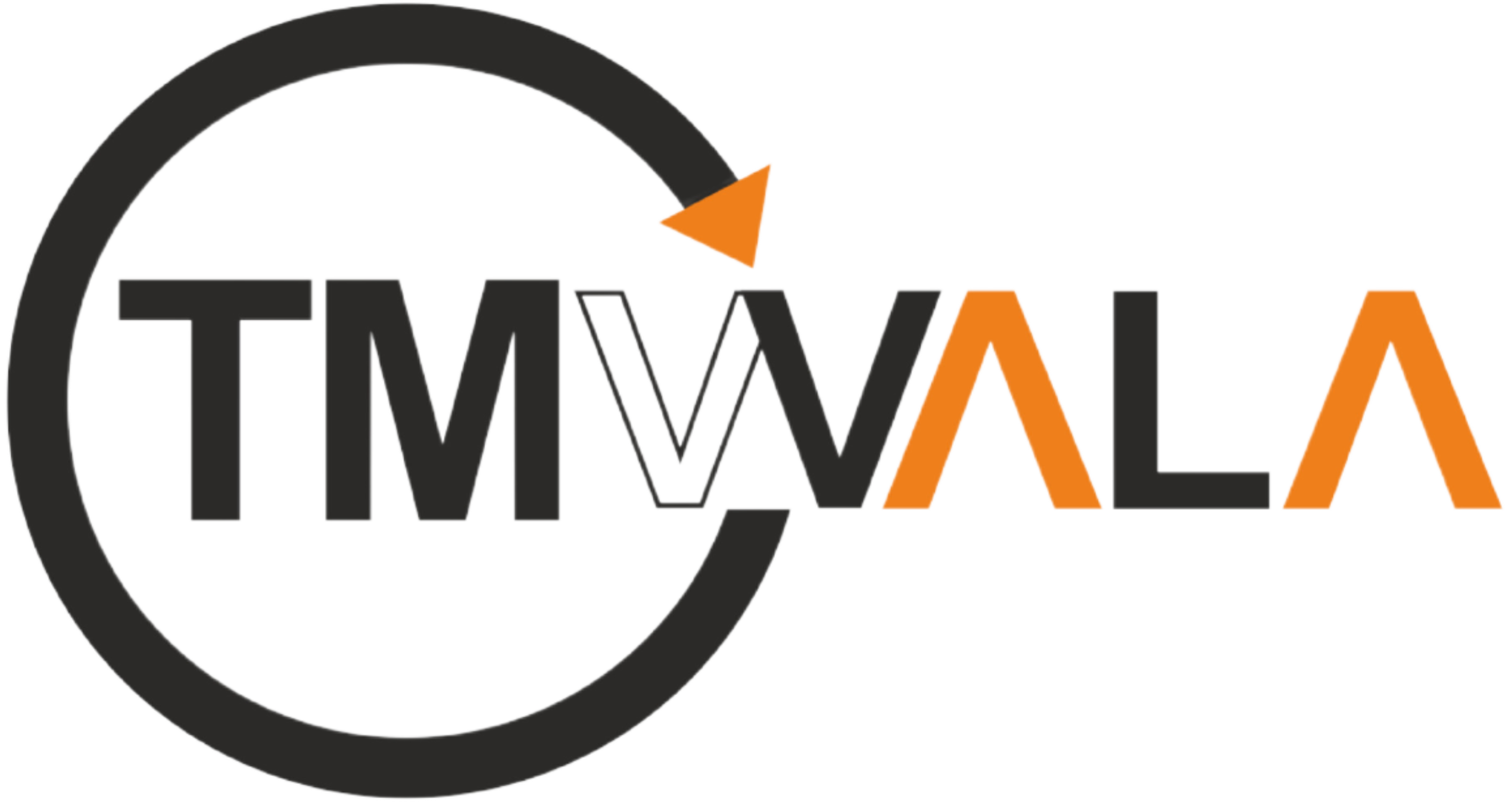What is a Joint Venture (JV)?
A joint venture (JV) is a business arrangement where two or more parties agree to pool their resources for a specific task, which can be a new project or any other business activity. Each participant in a JV is responsible for the profits, losses, and costs associated with it. The venture itself is a separate entity from the participants’ other business interests.
Types of Joint Ventures
Equity Joint Ventures:
- In this type of JV, separate legal entities are formed, where each partner owns shares of the entity according to their contribution.
Contractual Joint Ventures:
- These do not involve forming a separate legal entity. Instead, the parties enter into a contract to collaborate for a specific purpose while maintaining their separate business identities.
Consortium Joint Ventures:
- Typically used for large projects, such as construction or infrastructure projects, where the parties combine resources and expertise to complete a specific project.
Key Elements of a Joint Venture Agreement
Objectives:
- Clearly state the purpose and goals of the joint venture.
Contributions:
- Detail the contributions of each party, including capital, resources, and expertise.
Management Structure:
- Define how the joint venture will be managed and who will be responsible for decision-making.
Profit and Loss Sharing:
- Outline how profits and losses will be distributed among the parties.
Duration:
- Specify the length of the joint venture and conditions for termination or extension.
Confidentiality:
- Include provisions to protect sensitive information shared during the joint venture.
Dispute Resolution:
- Establish mechanisms for resolving conflicts, such as mediation or arbitration.
Exit Strategy:
- Plan for the circumstances under which parties can exit the joint venture, including procedures for buyouts or dissolution.
Legal Considerations in Shareholders’ Agreements
Shareholder Rights:
- Protect minority shareholders by ensuring they have a voice in significant company decisions.
Transfer Restrictions:
- Limit the transfer of shares to maintain control over who becomes a shareholder.
Pre-emption Rights:
- Give existing shareholders the first right to purchase shares before they are offered to outsiders.
Drag-Along and Tag-Along Rights:
- Drag-along rights compel minority shareholders to sell their shares if the majority sell theirs, ensuring full company sale.
- Tag-along rights allow minority shareholders to join in the sale if the majority sell their shares, ensuring fair treatment.
Deadlock Resolution:
- Include mechanisms for resolving deadlocks, such as buy-sell agreements or appointing an arbitrator.
Dividend Policy:
- Define how and when dividends will be distributed among shareholders.
Tax Implications of Joint Ventures
Tax Residency:
- Determine the tax residency of the joint venture to understand which country’s tax laws will apply.
Double Taxation Agreements:
- Check for any double taxation agreements between the countries involved to avoid being taxed twice on the same income.
Transfer Pricing:
- Ensure compliance with transfer pricing regulations to prevent tax evasion through manipulated pricing of transactions between related parties.
VAT/GST Considerations:
- Understand the implications of Value Added Tax (VAT) or Goods and Services Tax (GST) on transactions within the joint venture.
Regulatory Compliance
Competition Law:
- Ensure the joint venture does not violate antitrust laws by reducing competition in the market.
Industry-Specific Regulations:
- Comply with regulations specific to the industry in which the joint venture operates, such as health and safety standards or environmental laws.
Intellectual Property:
- Protect intellectual property rights created or used within the joint venture, including patents, trademarks, and copyrights.
Employment Law:
- Adhere to labour laws regarding employee rights, benefits, and working conditions.
Best Practices for Drafting Agreements
Clarity and Precision:
- Use clear and precise language to avoid ambiguities that could lead to disputes.
Tailored to Needs:
- Customize the agreement to fit the specific needs and circumstances of the joint venture or shareholder arrangement.
Legal Review:
- Have the agreement reviewed by legal professionals to ensure it complies with applicable laws and adequately protects the parties’ interests.
Regular Updates:
- Periodically review and update the agreement to reflect changes in the business environment, laws, or the parties’ circumstances.
Communication:
- Maintain open and transparent communication among the parties to build trust and facilitate cooperation.
By understanding these additional aspects, parties entering into joint ventures or drafting shareholders’ agreements can better protect their interests and ensure the smooth operation of their business arrangements.
How Joint Venture Agreements Work
Joint venture agreements are flexible and can merge companies of any size for specific projects, allowing for more efficient and effective targeted outputs. The agreement ensures that all parties understand their rights, responsibilities, and limitations.
Steps in Joint Venture Agreements:
- Discuss opportunities with potential partners.
- Hire business lawyers for legal advice.
- Select the appropriate type of joint venture.
- Draft the initial joint venture agreement.
- Ensure correct and prompt tax payments.
- Seek ongoing legal advice to maintain compliance.
- Amend the JV agreement as necessary.
Purpose of a Shareholders’ Agreement
The shareholders’ agreement aims to treat shareholders fairly and protect their rights, especially from future management actions. It is crucial for preparedness in times of market uncertainty.
Reasons for a Shareholders’ Agreement:
- Provides structure for significant company decisions.
- Outlines shareholders’ rights and obligations.
- Defines company operations and shareholder roles.
- Protects minority shareholders against market risks.
- Regulates the relationship between the company and shareholders.
- Facilitates dispute resolution, saving time, money, and energy.
Advantages of Joint Venture Agreements
Access to Greater Resources:
- Joint ventures can provide better resources, such as specialized staff, technology, and finance, at a lower cost.
Risk Spreading:
- Sharing financial responsibility reduces individual risk.
Flexibility:
- Joint ventures can be temporary and limited to specific aspects of the business, reducing long-term commitments and exposure.
Disadvantages of Joint Venture Agreements
Disagreements:
- Without a well-drafted agreement, disagreements over objectives and resource contributions can arise, potentially leading to failure.
Loss of Commitment:
- Unequal effort from parties may lead to one party walking away if responsibilities and remuneration are not balanced.
Loss of Reputation:
- A failed venture can damage the reputation of the involved parties, even if they were not directly at fault.
Contents of a Shareholders’ Agreement
Parties:
- Defines the company and its shareholders.
Board of Directors:
- Outlines the board’s role, decision-making processes, meeting frequency, and election/replacement procedures.
Reserved Matters:
- Specifies actions requiring approval from all signatories, such as changes in capital or acquisition of significant assets.
Shareholder Information and Meetings:
- Ensures shareholders receive regular performance updates and sets the time, date, and place for general meetings.
Share Capital and Transfers:
- Reflects the company’s authorized capital and outlines share transfer provisions for specific circumstances.
Amendment and Termination:
- Details procedures for amending or terminating the agreement.
Risks in Shareholders’ Agreements
While generally protective, shareholders’ agreements can pose risks, such as unintended tax consequences, liability in bankruptcy, inconsistencies with constitutional documents, high notary fees, and potential accusations of collusion or monopoly practices.
Conclusion
The shareholders’ agreement enhances company operations and provides clarity and structure in the relationship between the company and its shareholders. It facilitates quick dispute resolution, ensuring smooth and uninterrupted company functioning.
FAQs
1. What is a Joint Venture (JV)?
A joint venture is a business arrangement where two or more parties combine resources for a specific project or business activity, sharing profits, losses, and responsibilities.
2. What are the different types of Joint Ventures?
The main types include:
- Equity Joint Ventures: Form a separate legal entity.
- Contractual Joint Ventures: Based on contracts without forming a new entity.
- Consortium Joint Ventures: Common in large-scale projects like construction.
3. What should a Joint Venture agreement include?
It should clearly define objectives, contributions, management structure, profit/loss sharing, duration, confidentiality, dispute resolution, and exit strategy.
4. What are the legal considerations in a Shareholders’ Agreement?
These include shareholder rights, transfer restrictions, pre-emption rights, drag-along/tag-along rights, deadlock resolution, dividend policy, and tax implications.
5. How do tax laws affect Joint Ventures?
Key tax considerations include determining tax residency, applying double taxation agreements, complying with transfer pricing regulations, and managing VAT/GST impacts.
6. What are the regulatory compliance requirements for a JV?
JVs must comply with competition laws, industry-specific regulations, intellectual property protections, and employment laws.
7. Why is a Shareholders’ Agreement important?
It protects shareholder rights, defines roles and obligations, provides governance structure, and helps resolve disputes efficiently.
8. What are the pros and cons of Joint Ventures?
Pros: Access to greater resources, shared risk, and flexibility.
Cons: Potential for disagreements, unequal effort, and reputational risks from failure.
9. What is the purpose of reserved matters in a Shareholders’ Agreement?
Reserved matters ensure that certain key decisions require approval from all or specific shareholders, maintaining control over critical aspects of the business.
10. What are the risks involved in Shareholders’ Agreements?
Risks may include tax liabilities, potential legal inconsistencies, high notary costs, and the perception of collusion or anti-competitive behavior.














